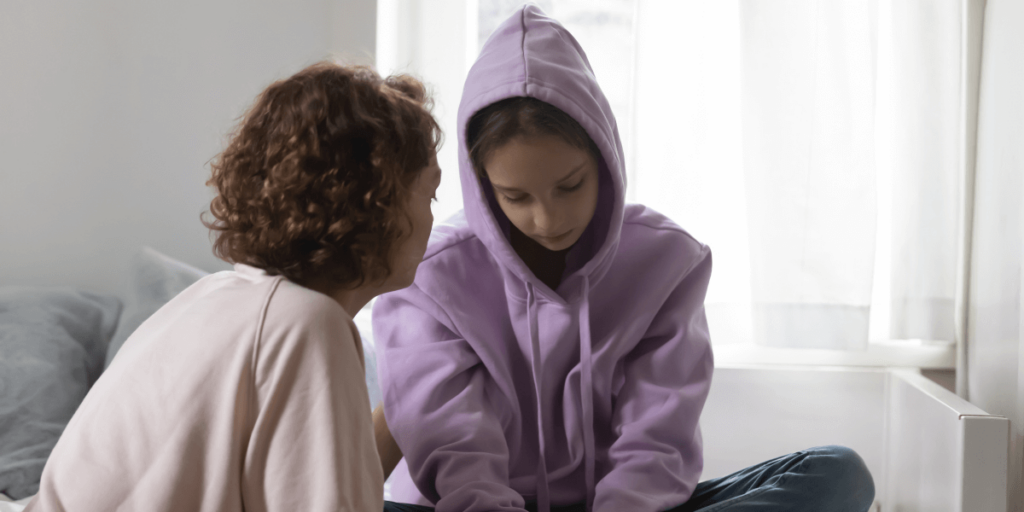A Parent Guide for Helping Your Child Beat the Winter Blues

The short days and less favorable weather of winter often have an adverse impact on our general mood. It is not uncommon for individuals — including children — to find it difficult to stay active and optimistic during the winter months.
What is “Winter Blues” vs. Seasonal Affective Disorder (“SAD”)
The “winter blues” describe the sadness and fatigue that many people experience during the winter. It may cause symptoms such as sluggishness, low interest in activities, changes in appetite, and difficulty concentrating.
Is your child has more serious symptoms, such as feelings of hopelessness or thoughts of suicide. This could be SAD, or Seasonal Affective Disorder, a condition that affects around 4% to 6% of people. This can cause depression in both men and women, especially during the winter months. It’s important to note the difference between SAD and the winter blues; SAD is a rare diagnosed condition, and more often than not, the feelings your child is experiencing are symptoms of the winter blues.
How Can You Help Your Student with the Winter Blues?
Helping your child navigate the “winter blues” can be as easy as recommitting to basic mental health habits. It’s not uncommon for these habits to slip faced with the shorter days and colder winter weather.
If your student struggles during the winter months, here are some suggestions that might help:
1. Maintain a Regular Sleep Schedule
As research shows, sleep and mood are very closely connected, and SAD is known to be closely tied to the disruption of our circadian rhythm. People that struggle with SAD often feel very tired during the day and sleep longer than usual at night. When struggling with SAD, It is imperative that you help your child keep a consistent sleep schedule. This means getting up at the same time every day, even on weekends, and setting a bedtime that is early enough to get 7 to 8 hours of sleep.
2. Engage in Physical Activity
Increasing the amount of time you spend moving can also help the winter blues. It is important to choose an activity that your child enjoys doing. This could be walking the dog, riding a bike, playing ultimate frisbee, or dancing. Finding a physical activity to do outside could be extremely beneficial, as they are also exposing themselves to sunlight.
3. Light Therapy
During the cold months, it might be difficult to get outside and enjoy the sunlight. A light therapy box mimics sunlight and can be a helpful tool for those dealing with the winter blues. These light boxes are thought to cause a chemical change in the brain that lifts your mood, similar to exposing yourself to outdoor light. Research suggests that daily light therapy could reduce depressive symptoms as much as 83% after only one month of use. Typically, they are used for about 20 to 30 minutes within the first hour of waking up in the morning. There are many different types of light therapy boxes, so make sure to do your research.
If more serious symptoms arise, don’t be afraid to reach out for help. Contact your child’s therapist or their school counselor if you are unsure about next steps. They will ensure that your child gets the help they need. Lastly, remember to be patient. These feelings of sadness in the winter months are common and can fade. Spring is right around the corner.
Light Therapy Resources
Sleep Resources
SAD Resources
Mental Health Resources
Suicide and Crisis Lifeline: Dial 988
Arlington County Emergency Mental Health Services: 703-228-5160
Community Regional Crisis Response (Arlington County): 571-364-7390
Posted in:

